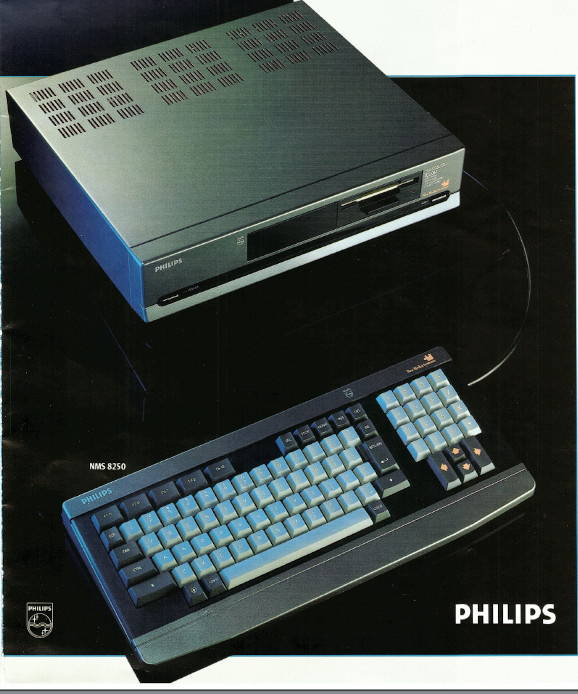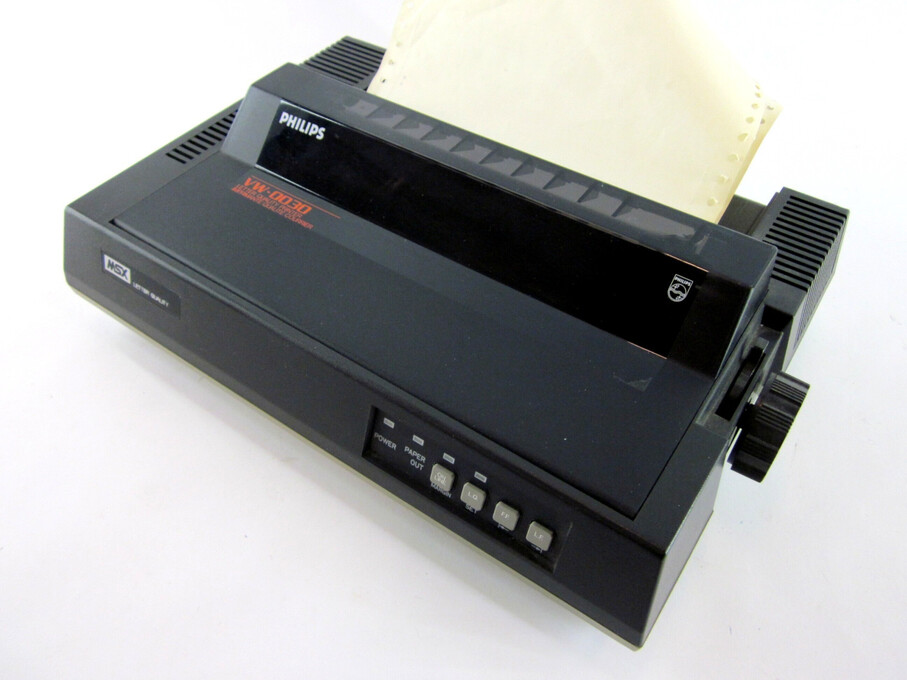Using MSX Word processors in 2024
May 06, 2024
I was asking myself what would be the most niche and possibly useless post I could write, and reading Rubenerd’s Using an old computer for new writing, I came up with the idea to compare various MSX word processors. But when I started trying them by writing about them using them, I noticed these word processors vary from sloppy coded and well-meant but misguided to pragmatically thought-through. Trying to learn how to use them is nothing short of an adventure. Perhaps it’s fitting, then, to include an attempt at a word processor by a game publisher.
During the eighties of the last century, MSX computers were increasingly marketed as game machines, but since they all came with a passable keyboard, they were as capable of some word processing as any other computer not fitted with an IBM model M keyboard.
The eighties were the last decade of the dedicated word processor, a machine with a keyboard that was just a word processor and nothing else. Because of the way corporate offices worked in those times, these machines were primarily used by women, and in his autobiography, “Almost Perfect“, W.E. Peterson describes how he and his team relentlessly interviewed them to create the perfect word processor that in the end became WordPerfect. Wang Laboratories was the market leader before software word processing took over, but both Toshiba and Yamaha have created non-Japanese MSX based word-processing machines, such as the Yamaha STC-01 that had communication firmware as well, an indispensable feature in an office environment.

A Philips NMS 8250
It would be nice to see if I could emulate one of these machines, since obtaining the hardware is out of the question. For the rest, I will write about TED, which I used extensively, EASE Word-Pro, the only WYSIWYG word-processor for MSX, the MSX port of Tasword Two and a word-processor called Aackotext, by Dutch video game developer and publisher Aackosoft.
Text, when saved as 8-bit ASCII characters, takes about two Kilobytes per page, so half a Megabyte is plenty for a complete novel. This is why my father, who was a teacher, could use Tasword Two on his 48K ZX Spectrum+ professionally at that time. Of course, he didn’t need to transfer his documents to other machines. Students only worked by reading from and writing on paper, and my father had a printer. Even as late as 1995, I was using my Philips NMS 8250 MSX2 to write essays for my history study, using TED, a word processor that was small, fast and especially good at finding every available byte of RAM in my machine. Of course, there was no parsing of bibtex files and I had to type all my references by hand, but printed on my Philips VW0030 printer, I didn’t need WordPerfect, or Word for that matter, to hand in my work.

A Philips VW0030 dot matrix printer, the type I used to use to hand in my essays.
After my first year, however, we started handing in work by email, so I bought a second hand PC. There was no networking, let alone email clients for MSX yet. But until then, I used TED.
So in theory, I could write texts like this post on my MSX, using a good enough word processor application. Given the total focus one gets with a non-multitasking machine, this could even be a productive idea. The MSX could save the text to a flash medium or even upload it to FTP over Ethernet, after which I could copy that file to this site. Said word processor would have to be reasonably fast, not get in the way with a badly thought out UI or difficult to remember function keys, and, of course, allow for lengthy texts. Nice-to-haves would be search and replace, word counting, spell checking and styling.
This will be fun.













